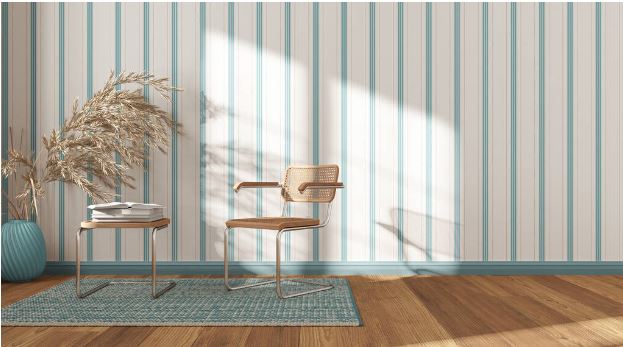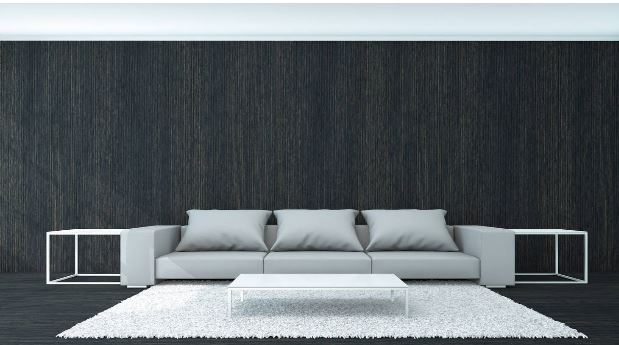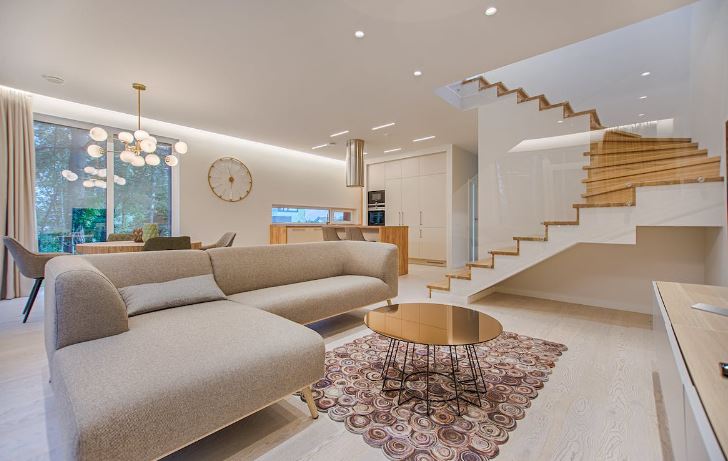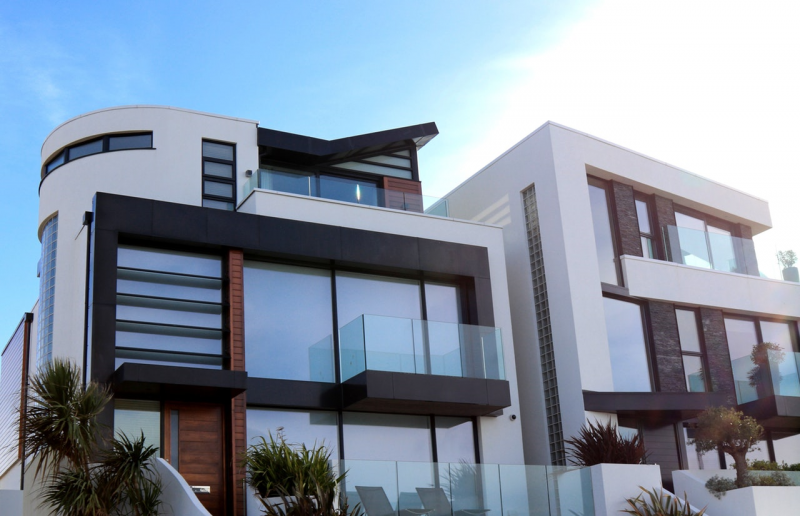Make the Most Out of Commercial Spaces Through Interior Design
Commercial interior design is the practice of creating functional and aesthetically pleasing workspaces for businesses and other organizations. It is a unique discipline that requires a specialized skill set to successfully meet the needs of clients while also creating an environment that encourages productivity, creativity, and collaboration. From large corporate offices to small boutique shops, commercial interior designers have the expertise to create inspiring and efficient spaces for any business or organization.
They take into account factors such as brand identity, user experience, ergonomics, sustainable design practices, lighting design principles, and more when designing these spaces. With their knowledge of construction methods and materials selection processes as well as their understanding of space planning techniques and color theory principles, affordable commercial interior design services are able to craft innovative solutions that maximize efficiency while still providing an undeniable aesthetic appeal.
Benefits of Commercial Interior Design
When it comes to designing a commercial space, interior design can be one of the most important aspects. Commercial interior design can provide numerous benefits that range from improved efficiency to increased employee satisfaction. Here are three of the main advantages of commercial interior design.
The first benefit is improved efficiency. An expertly designed commercial space can help streamline processes, improve collaboration between employees, and maximize productivity. By utilizing specialized furniture, lighting fixtures, and other elements that are specifically tailored to the type of business being conducted in the space, businesses can ensure their employees have everything they need to work at their best.
Another major benefit of commercial interior design is enhanced brand awareness. Every element within a space should reflect the company’s values and goals in order to make a strong impression on customers and potential clients who visit it. From bold colors that reflect the company’s identity to well-placed logos throughout the room, an effective design will help create an inviting environment for anyone who walks through its doors while also helping spread awareness about what this particular business stands for. 
Challenges of Commercial Interior Design
Interior design and commercial spaces in particular present a unique set of challenges to designers. In order to create a successful interior design, several factors must be taken into accounts such as budgetary restrictions, building regulations and codes, and creative limitations.
Budgetary Restrictions
One of the primary challenges of commercial interior design is finding ways to work within the confines of a budget. A designer must not only consider the cost for décor elements such as furniture, artwork, and lighting fixtures but also labor costs associated with the installation or construction of walls or other architectural features. It is important to find ways to work within tight budgets while still creating an aesthetically pleasing space that meets the needs of its occupants.
Building Regulations and Codes
Another challenge when designing commercial interiors is adhering to building regulations and codes which are often specific for each type of space being designed. These regulations cover safety issues such as fire safety measures that must be taken into account when designing any kind of public space such as an office building or restaurant. It is important that all applicable codes are followed in order to ensure the safety of those occupying the space once it has been completed.
Types of Commercial Interior Design Projects
Interior design is an important aspect of any commercial space, as it has the potential to impact a company’s overall operations and performance. The type of interior design project being undertaken plays a critical role in ensuring that the company achieves its goals and objectives. In this article, we will explore the different types of commercial interior design projects and their respective benefits.
- Office Spaces: Office spaces are one of the most common types of commercial interior design projects. This type of project focuses on creating a functional and inviting workspace for employees and customers alike. Designers must consider factors such as ergonomics, lighting, colors, furniture layout, storage solutions, etc. when designing office spaces in order to ensure optimum productivity within the given space constraints.
- Retail Spaces: Retail spaces require an inviting yet professional atmosphere that appeals to customers while also providing them with an efficient shopping experience. Depending on their size and purpose, retail spaces may be designed using traditional or modern approaches – from open plan layouts to more intimate display areas – which are tailored specifically for each particular store’s needs.
Conclusion
In conclusion, commercial interior design is an important part of the construction industry. By utilizing modern design principles and materials, commercial interior designers can create spaces that are both aesthetically pleasing and functional. In addition to designing the interior of a space, they also take into account factors such as health and safety regulations, energy efficiency, acoustics, and other considerations. Their expertise in this field makes them essential to creating successful projects that meet all of the requirements necessary for business success.




